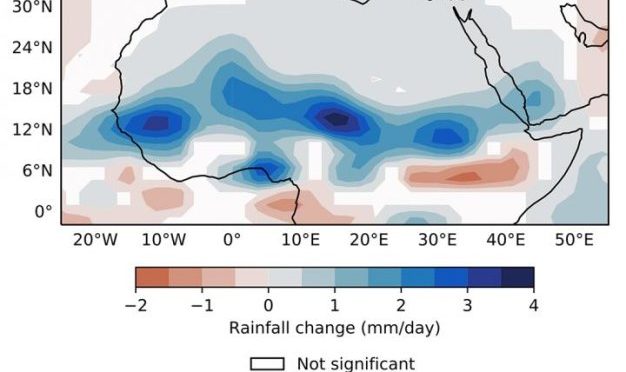Western Sahara, a region located in North Africa, has been the subject of political conflict for decades. Despite the ongoing territorial disputes, the area holds significant potential for renewable energy development, particularly in the form of solar and wind power. With an arid climate, vast open spaces, and abundant sunshine, Western Sahara presents an ideal setting for harnessing these renewable energy sources. The development of solar and wind power projects in the region could not only provide a sustainable energy solution for the local population but also contribute to global efforts in combating climate change.
The region’s solar potential is immense, with an average of 3,000 hours of sunshine per year and solar radiation levels reaching up to 2,500 kWh/m2 annually. This abundance of sunlight makes Western Sahara one of the most suitable locations in the world for solar power generation. In recent years, there has been a growing interest in exploiting this potential, with several large-scale solar projects being proposed or under development. One such project is the Noor Ouarzazate Solar Complex in neighboring Morocco, which, upon completion, will be the largest concentrated solar power (CSP) plant in the world. This project demonstrates the viability of solar power in the region and could serve as a model for future developments in Western Sahara.
In addition to solar power, Western Sahara also possesses significant wind energy potential. The region’s coastal areas are characterized by strong and consistent winds, with average wind speeds ranging from 7 to 11 meters per second. These conditions are ideal for wind power generation, and several wind farms have already been established in the region. For instance, the 300 MW Tarfaya Wind Farm, located on the Atlantic coast of Morocco, is currently the largest wind farm in Africa. The success of this project highlights the potential for further wind power development in Western Sahara.
Harnessing the solar and wind power potential in Western Sahara could have numerous benefits for the region and beyond. For the local population, increased access to renewable energy could improve living conditions and promote economic development. Currently, many rural areas in Western Sahara lack access to reliable electricity, which hinders the provision of essential services such as healthcare and education. The development of solar and wind power projects could help to address this issue by providing a stable and sustainable source of electricity for these communities.
Moreover, the production of renewable energy in Western Sahara could contribute to global efforts to combat climate change. As countries around the world seek to reduce their greenhouse gas emissions and transition to low-carbon energy sources, the development of solar and wind power in Western Sahara could play a crucial role in this process. By exporting clean energy to neighboring countries and beyond, Western Sahara could help to reduce the reliance on fossil fuels and promote the adoption of renewable energy technologies.
However, the development of renewable energy projects in Western Sahara is not without challenges. The ongoing political conflict in the region presents a significant barrier to investment and infrastructure development. Additionally, the harsh desert environment poses technical and logistical challenges for the construction and maintenance of solar and wind power facilities. Despite these obstacles, the potential benefits of harnessing Western Sahara’s solar and wind power resources are too significant to ignore.
In conclusion, Western Sahara holds immense potential for the development of solar and wind power projects. By harnessing these renewable energy sources, the region could improve living conditions for its local population, contribute to global efforts to combat climate change, and serve as a model for sustainable energy development in arid regions around the world. While challenges remain, the opportunities presented by Western Sahara’s solar and wind power potential are undoubtedly worth exploring.


